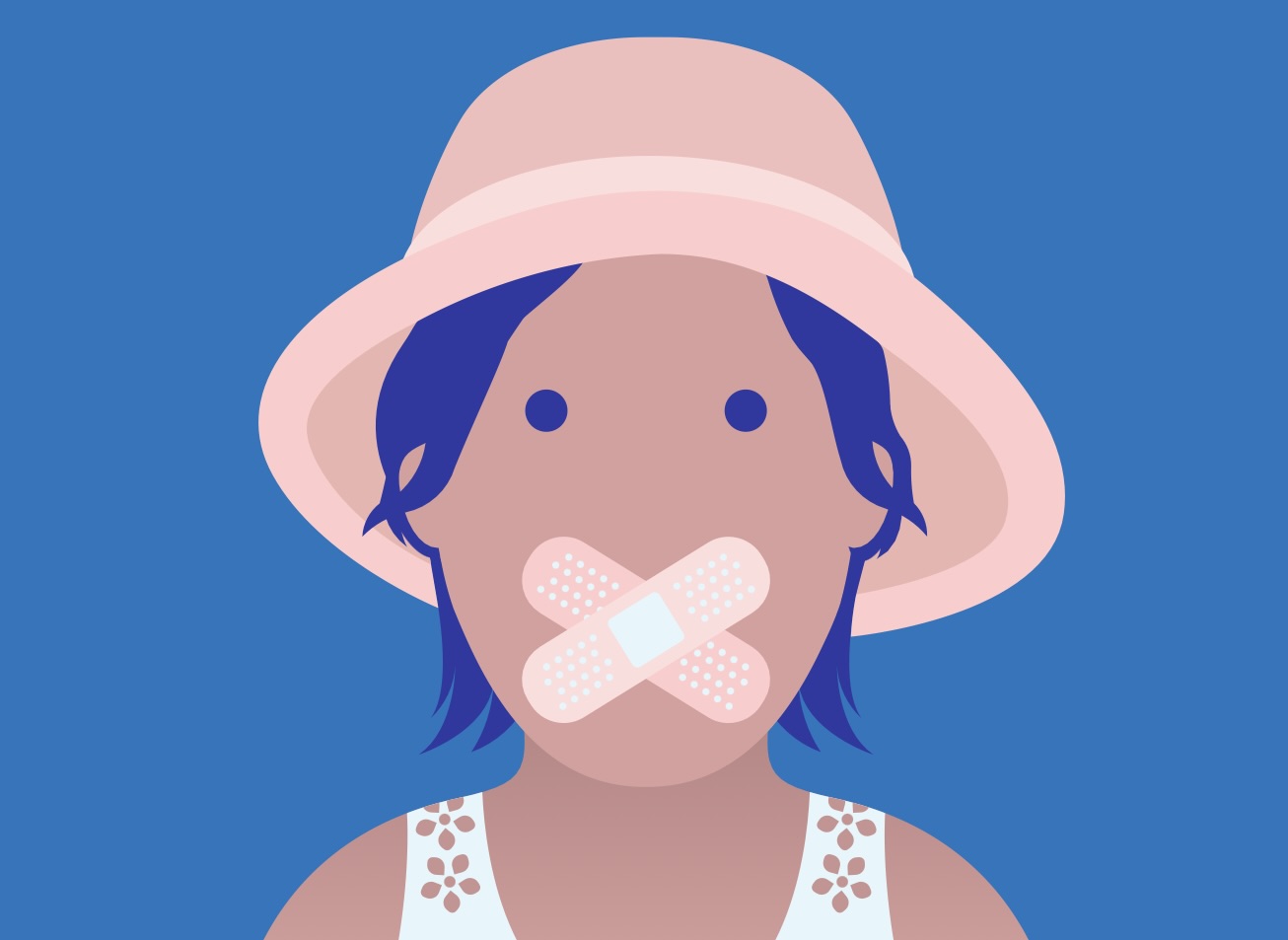What are the symptoms of selective mutism?
Selective mutism is a complex anxiety disorder primarily affecting children, characterized by an inability to speak in specific social situations despite speaking in other settings where they feel comfortable. The symptoms can include:
- Consistent Inability to Speak in Certain Situations: The child does not speak in certain settings, such as at school or social gatherings, even though they can speak in other environments, like at home with family members.
- Normal Speech at Home: The child communicates effectively and verbally in familiar settings or with familiar individuals, such as family members or close friends.
- Significant Anxiety: The child often experiences anxiety in situations where they do not speak, which may be evident through physical signs of distress, such as excessive sweating, trembling, or avoiding eye contact.
- Social and Educational Impact: The inability to speak in specific settings can affect the child’s social interactions and academic performance, leading to difficulties in forming friendships and participating in classroom activities.
- Withdrawal or Silence: The child may become withdrawn, use non-verbal communication (like nodding or pointing), or avoid social situations altogether to avoid speaking.
- Duration: Symptoms typically persist for at least one month and may begin to interfere with the child’s ability to function effectively in social or academic settings.
Selective mutism often coexists with other anxiety disorders and can impact a child’s social development and academic performance. Early intervention and treatment, which may include behavioral therapies, cognitive-behavioral therapy (CBT), and support from mental health professionals, can help manage the symptoms and improve communication skills.
What are the causes of selective mutism?
Selective mutism is a complex condition with several contributing factors that can vary from individual to individual. The causes are often multifaceted and may include:
- Anxiety Disorders: Selective mutism is frequently associated with anxiety, particularly social anxiety. Children with selective mutism often experience significant anxiety in social settings, which can lead to their reluctance or inability to speak.
- Genetic Factors: There may be a genetic component to selective mutism. Family history of anxiety disorders or other related conditions can increase the risk of developing selective mutism, suggesting a hereditary influence.
- Temperament and Personality Traits: Children with selective mutism may have temperamental traits such as shyness, introversion, or a tendency to be reserved. These traits can contribute to their difficulties with speaking in certain situations.
- Environmental Factors: Factors such as a lack of social interaction, stressful life events, or changes in routine (e.g., starting school or moving to a new location) can trigger or exacerbate selective mutism.
- Family Dynamics: Family dynamics and parenting styles can also play a role. Overprotective or controlling parenting, or lack of exposure to social situations, may contribute to the development of selective mutism.
- Cognitive Factors: Some children with selective mutism may have difficulties with communication or language skills that make them more prone to anxiety in social situations where they feel they are expected to speak.
- Cultural Factors: Cultural norms and expectations about communication and behavior may influence the presentation and development of selective mutism. In some cultures, the condition may be more prevalent due to specific social expectations or norms.
The exact interplay of these factors can vary, and selective mutism often results from a combination of these influences. Early identification and intervention are important for addressing the underlying causes and managing the condition effectively.
What is the treatment for selective mutism?
Treatment for selective mutism generally involves a multi-faceted approach tailored to the individual’s needs. Here are some common strategies used to manage and treat selective mutism:
- Behavioral Therapy: Behavioral interventions, such as gradual exposure therapy, can help children become more comfortable speaking in different settings. Techniques may include reinforcing positive behaviors, using a step-by-step approach to gradually increase verbal participation, and creating a supportive environment.
- Cognitive-Behavioral Therapy (CBT): CBT can be effective in addressing the anxiety associated with selective mutism. It focuses on changing negative thought patterns and developing coping strategies for dealing with anxiety and social situations.
- Speech and Language Therapy: If there are underlying language or communication difficulties, speech and language therapy can help improve the child’s verbal skills and confidence.
- Parent Training and Support: Educating and involving parents in the treatment process is crucial. Parents may be taught strategies to support their child’s communication and manage anxiety, as well as how to create a supportive and encouraging environment.
- School-Based Interventions: Collaboration with teachers and school staff can ensure that the child receives appropriate support in the classroom. This might include accommodations, such as allowing non-verbal communication or providing a quiet space for the child to feel more comfortable.
- Medication: In some cases, medication may be prescribed if the child’s anxiety is severe and other treatments have not been effective. This is usually considered as a last resort and is often combined with therapy.
- Social Skills Training: Group or individual sessions focusing on developing social skills can help children feel more confident in social interactions and reduce anxiety.
- Relaxation Techniques: Teaching relaxation techniques, such as deep breathing or mindfulness, can help children manage anxiety and improve their ability to speak in stressful situations.
Treatment plans are often personalized, and a combination of these approaches may be used based on the child’s specific needs and progress. Early intervention and a supportive environment are key to successfully managing selective mutism.

Leave a Reply
You must be logged in to post a comment.